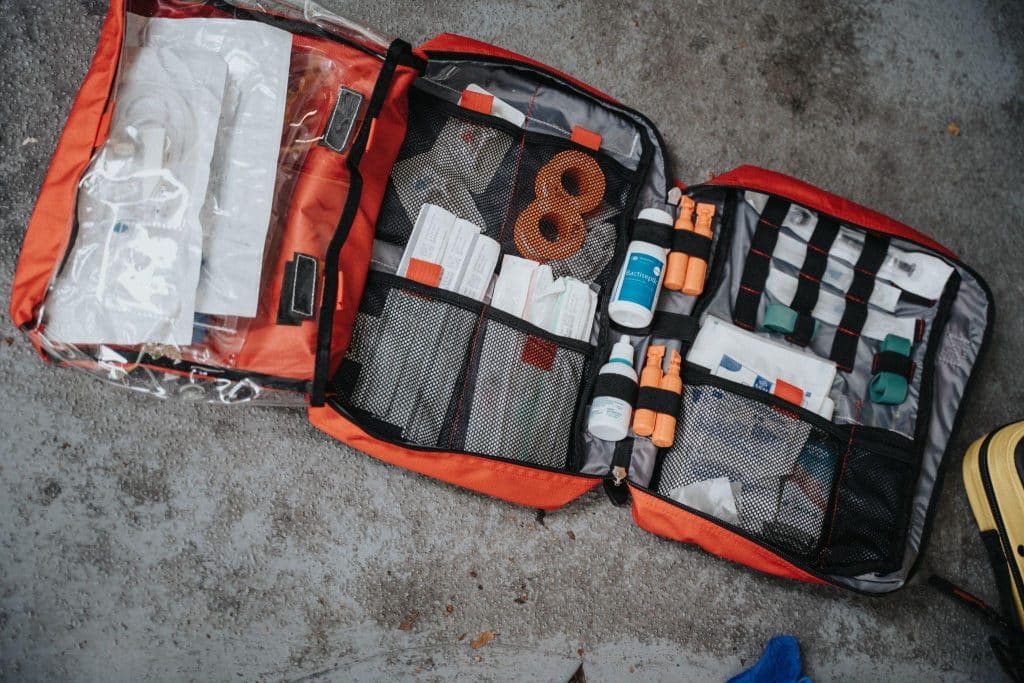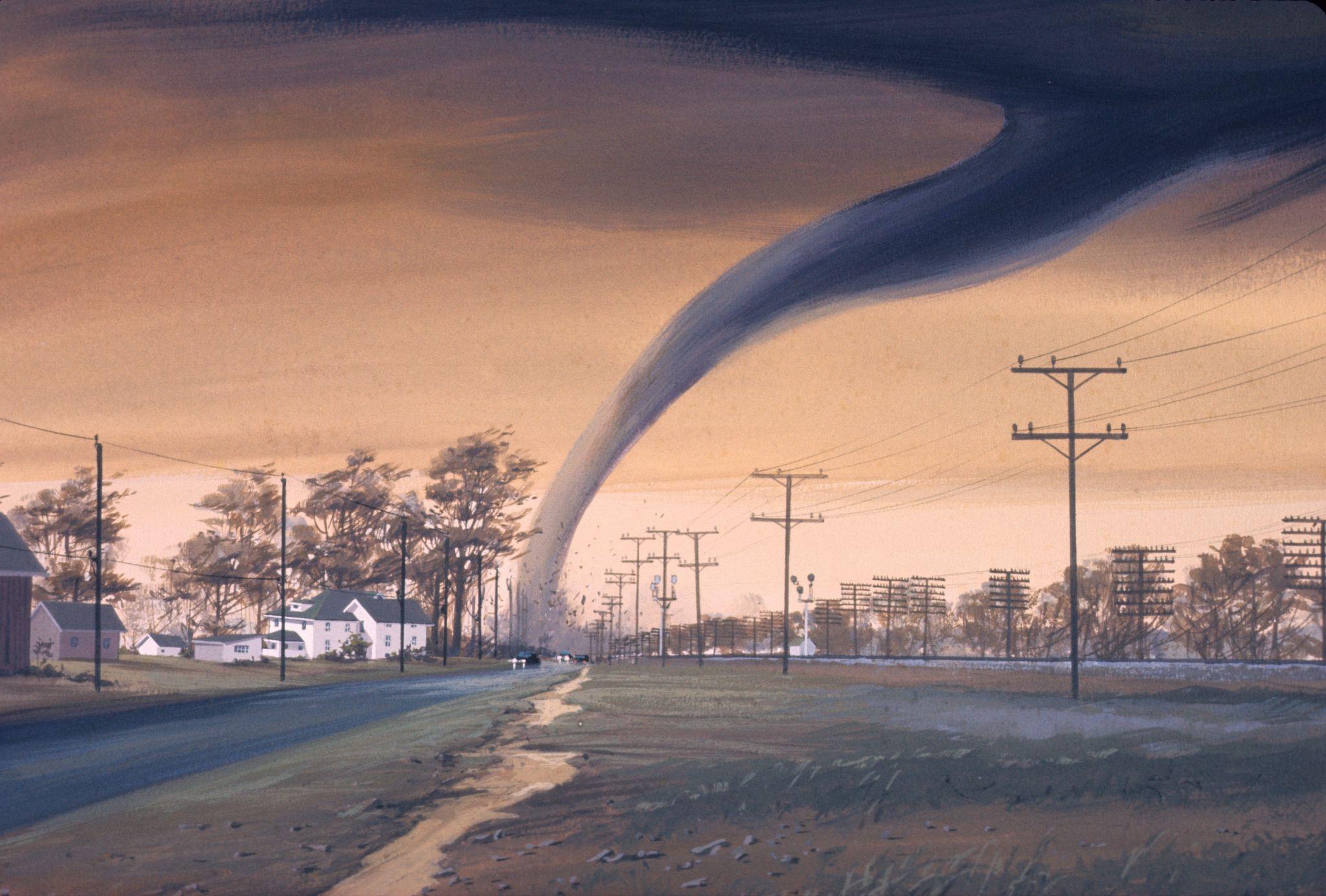Preparing Your Home and Garden for Extreme Weather
Whether it’s a scorching heatwave, a frigid snowstorm, or a torrential downpour, the impact of extreme weather conditions can be, well, extreme! Still, thankfully, they can also be significantly mitigated with proper planning and preparation; here’s how.
Understanding Weather Patterns and Risks
The first step in preparation is understanding the specific weather risks in your area; this knowledge allows you to tailor your preparation to the most likely scenarios. For instance, homes in coastal regions should prioritize hurricane preparedness, while those in the Midwest might focus on tornado safety; consulting both local weather services and historical data can also provide valuable insights into potential weather hazards.
Insurance Considerations for Extreme Weather

A critical aspect of preparing for extreme weather involves understanding and managing your insurance coverage. While prevention is better than cure, here’s a quick-fire guide for homeowners in navigating insurance options to ensure adequate protection for those just-in-case situations:
Homeowners Insurance
Regular homeowner’s insurance typically covers some forms of natural disasters like windstorms, hail, and lightning; still, it’s essential to carefully review your policy to understand what is and isn’t covered. “Certain extreme weather events, like floods and earthquakes, are often not included in standard policies and require additional coverage,” says Alex Coffman, Co-Founder of Teifke Real Estate.
Flood Insurance
If you live in a flood-prone area, it’s crucial to purchase flood insurance; this coverage is usually not included in standard homeowner’s policies and must be obtained separately, often through the National Flood Insurance Program (NFIP).
Hurricane Insurance
In areas frequently hit by hurricanes, standard policies may not cover wind damage, so it’s important to consider adding hurricane insurance, which can cover damages caused by hurricane winds; this type of insurance is particularly relevant for coastal regions and can be critical in mitigating financial losses after a hurricane.
Deductibles and Limits
Pay attention to the deductibles and limits on your policies, as higher deductibles can lower your premiums, but they also mean more out-of-pocket expenses when you file a claim. Ensure that the coverage limits are sufficient to rebuild your home and replace your belongings in the event of total loss.
Documentation and Inventory
Keep an up-to-date inventory of your home’s contents and document the condition of your home before a disaster strikes; this can be invaluable in speeding up the claims process and ensuring fair compensation.
Policy Review and Updates
As your situation changes, so should your insurance coverage. Regularly review your policy, especially after major home improvements or significant life events, to ensure that your coverage meets your current needs.
Understanding Exclusions and Endorsements
Be aware of exclusions in your policy and consider endorsements (additional coverage) for specific risks unique to your area. For instance, if you live in an area prone to mudslides, you might need a separate endorsement, as this is often excluded from standard policies and even flood insurance.
Consult with an insurance professional to understand the best options for your specific situation.
Fortifying Your Home
Windows and Doors
Reinforce these vulnerable areas by installing storm shutters or impact-resistant windows; this not only protects against flying debris but also improves insulation against extreme temperatures. Discover the best Arborist in Fort Worth by visiting this website.
Roof and Gutters
Regularly inspect your roof for damage and ensure gutters and downspouts are clear to prevent water damage during heavy rains. Consider installing a water-resistant barrier under your roof covering for added protection.
Foundations and Basements
If you’re in a flood-prone area, consider sealing basements and foundations with waterproof materials; sump pumps and backflow valves can also prevent water intrusion.
Heating and Cooling Systems
Ensure your heating and cooling systems are well-maintained. In areas prone to heatwaves, proper insulation and ventilation can help keep your home cool without over-relying on air conditioning.
Landscaping and Garden Protection
Tree Trimming
Regularly trim trees and shrubs to minimize the risk of branches falling on your home during storms. Healthy, well-maintained trees are less likely to cause damage.
Soil and Drainage
Improve soil drainage to prevent erosion and waterlogging during heavy rains; raised beds, proper grading, and the use of drought-resistant plants, for example, can help in both flood and drought conditions. It’s no surprise many households have switched to having artificial grass in their gardens. It remains unaffected by heavy rain, scorching heat, or frigid temperatures.
Windbreaks
Planting wind-resistant trees and shrubs can serve as a natural barrier against strong winds, protecting both your home and garden.
Protecting Plants
For extreme heat or cold, consider using protective covers for sensitive plants; mulching can also help regulate soil temperature and moisture levels.
Garden Furniture
When preparing your garden, consider buying the right kind of garden table and chair sets that are designed to withstand harsh weather conditions; this will ensure that your outdoor living spaces remain functional and appealing, regardless of the weather.
Emergency Preparedness

Emergency Kit
Prepare an emergency kit with essentials like water, non-perishable food, flashlights, batteries, and first aid supplies. Tailor this kit to your specific weather risks.
Communication Plan
Have a family communication plan in place in case of separation during a weather emergency. Ensure everyone knows the plan and where to find emergency supplies.
Insurance Review
Regularly review your homeowner’s insurance policy to ensure it covers damage from natural disasters common in your area.
Energy Efficiency and Sustainability
Renewable Energy Sources
Consider investing in renewable energy sources, such as solar panels, which can provide a backup power source and reduce reliance on the grid during extreme weather.
Water Conservation
In drought-prone areas, set up rain barrels to collect water for garden use; implementing a drip irrigation system can also conserve water while keeping plants hydrated.
Community Collaboration
Neighborhood Networks
Establishing a neighborhood network can be invaluable during extreme weather events, as sharing resources and information can make a big difference in community resilience.
Local Resources and Assistance
Stay informed about local resources, such as emergency shelters, evacuation routes, and assistance programs, and participate in community preparedness activities to build a support network.
Regular Maintenance and Updates
Inspections
Regularly inspect your home for potential vulnerabilities. Address issues like cracks in walls, leaking roofs, or aging infrastructure before they become significant problems during extreme weather.
Upgrades
Consider upgrading to weather-resistant materials and modern technologies that improve the resilience of your home and garden.
An Ongoing Process
Preparing your home and garden for extreme weather is not a one-time task but an ongoing process; start today to ensure that your home and garden are ready to withstand whatever nature throws your way.







